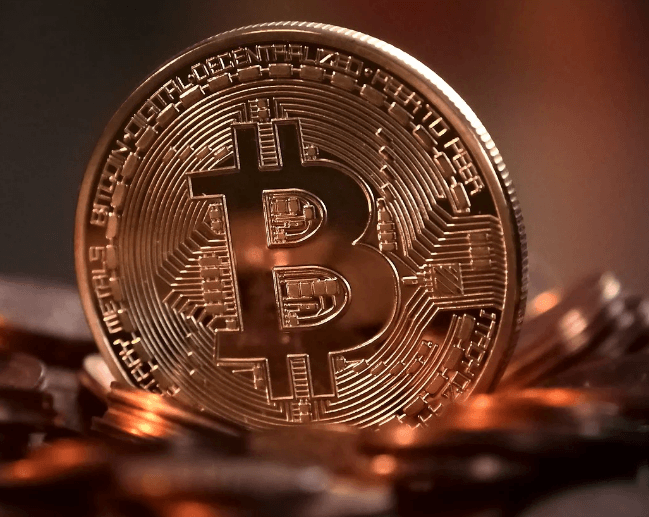Cryptocurrency mining is painstaking, expensive, and sporadically satisfying. However, mining has a magnetic attraction for many investors involved in cryptocurrencies because miners are paid for their crypto tokens’ efforts. This may be because business people see mining as pennies from the stars, like California’s gold prospectors in 1849. And if you are technologically inclined, why not?
The Bitcoin payout that miners earn is an opportunity that motivates citizens to aid with the primary objective of mining: legitimize and track Bitcoin transactions, guaranteeing their legitimacy. Since these roles are distributed worldwide by many people, Bitcoin is a “decentralized” cryptocurrency or one that does not depend on any single body, such as a central bank or government, to regulate its control. You can go for free bitcoin mining too,
How To Mine Bitcoins
Miners are being compensated for their jobs as auditors. They are trying to check the validity of Bitcoin transactions. This convention is intended to hold Bitcoin users accountable and was designed by the inventor of Bitcoin, Satoshi Nakamoto. By checking transactions, miners help avoid a “double-spending problem.”
Let us assume you have a real $20 bill and a counterfeit of the same $20 bill. If you were to attempt to spend both the true bill and the counterfeit bill, anyone who took the time to look at both the bill’s serial numbers would see that they were the same amount, because one of them had to be incorrect. What a bitcoin miner does is similar to that—they are verifying transactions to make sure that people have not attempted to invest the same bitcoin twice illegitimately.
If the miners have checked 1 MB (megabyte) worth of bitcoin transactions, defined as the “block,” the miners are entitled to be compensated with a bitcoin quantity (more about the bitcoin reward below as well). The 1 MB limit was established by Satoshi Nakamoto and is a subject of debate since some miners claim that the block size could be expanded to allow more data, which will essentially imply that the bitcoin network might handle and validate transactions more easily.
Notice that verifying 1 MB worth of transactions renders a coin miner able to receive Bitcoin—not everybody who verifies transactions would be paid out.
You need to satisfy two requirements to win bitcoins. One is a matter of commitment; one is a matter of chance.
1) You need to confirm the value of ~1MB transactions. This is the easy aspect of it.
2) You must be the first miner to come up with the right response, or the nearest answer, to a numeric query. This method is often referred to as evidence of work.
Good news
There is no complex calculation or computing involved. You may have learned that miners solve complex mathematical problems that are not entirely accurate. What they are really doing is attempting to be the first miner to come up with a 64-digit hexadecimal number (a “hash”) that is less than or equivalent to the aim hash. Basically, it is guesswork.
Bad news
It is guesswork, but with the total amount of potential guesses on the order of trillions for both of these problems, it is tough work. First, to solve a dilemma, miners need many computational resources. To mine effectively, you need to have a strong “hash rate,” which is calculated in terms of mega hash per second (MH/s), Giga hashes per second (GH/s), and a hash per second (TH/s).
Circulation in Mining and Bitcoin
Apart from filling the miners’ wallets and helping the bitcoin economy, mining has another important purpose: it is the only way to release fresh cryptocurrencies into circulation. In other terms, miners are essentially “minting” money. E.g., as of November 2020, there were about 18.5 million bitcoins in circulation.
Apart from the short-term Bitcoin payoff, becoming a coin miner will grant you “voting” control as proposed improvements in the Bitcoin network protocol. In other terms, miners have a degree of control on the decision-making phase on topics such as forking.
Mine Bitcoin in 2021
Bitcoin (BTC) mining has been a few years less successful. After the peaks of late 2017 and early 2018, profitability decreased to as little as USD 0,0693 per day by March 2020 for every 1 THash of mining capacity (USD 3.139 in January 2018).
However, bitcoin’s price has risen dramatically with the bull run at the end of 2020. Mining profitability has gradually improved to USD 0.222, marking a gain of 200 per cent since the collapse of Bitcoin in May. Seeing that experts say that bitcoin’s price still has a way to go, this is definitely promising news for the mining sector, which looks likely to have a consistently stronger 2021 than 2020.
This is what nearly everyone in the mining business predicts will do, with industry leaders expecting the market to grow aggressively in 2021. We still expect to see a degree of industry consolidation in the room. While it is doubtful that the new year will introduce technological innovation to mining, we will probably see a gradual change to green energy sources and the introduction of legislation that directly addresses mining.

Krishna Murthy is the senior publisher at Trickyfinance. Krishna Murthy was one of the brilliant students during his college days. He completed his education in MBA (Master of Business Administration), and he is currently managing the all workload for sharing the best banking information over the internet. The main purpose of starting Tricky Finance is to provide all the precious information related to businesses and the banks to his readers.




